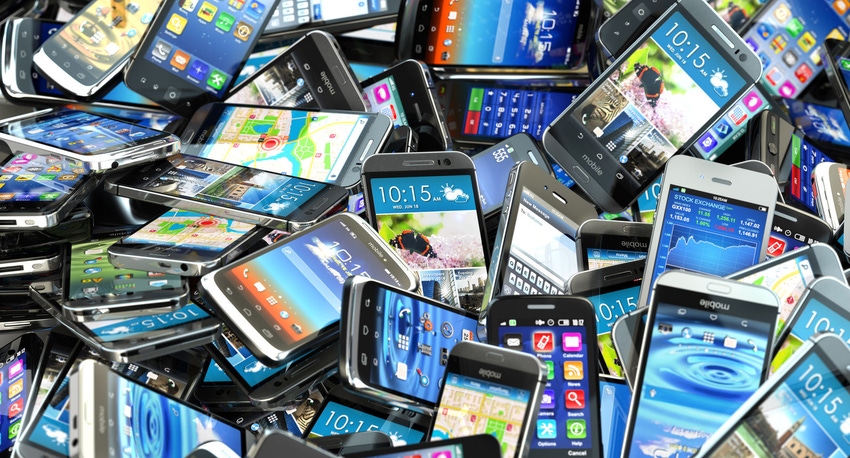The smartphone refresh cycle has lengthened over the years as vendors struggle to introduce compelling new features, but that could be about to change.
March 3, 2020

The smartphone refresh cycle has lengthened over the years as vendors struggle to introduce compelling new features, but that could be about to change.
2020 should be the year of the 5G smartphone. 19 million were shipped last year, which was more than expected, but that was mostly about pace-setters Samsung and Huawei. This year the market is expected to explode with the launch of the Samsung Galaxy S20, the expected arrival of the first 5G iPhones in September and the rest of the Chinese vendors getting their 5G acts together.
Traditional smartphone refresh cycles have been around two years in markets with a heavy emphasis on postpaid contracts, as consumers are enticed into upgrading by operators keen to keep them. But those cycles are getting closer to three years these days as people realize their two-year-old phone still works just fine and they can switch to a much cheaper SIM-only deal.
The only reason to declare a perfectly good device obsolete is if newer ones offer a must-have feature set or design. But the smartphone form factor matured very quickly and new handsets tend to offer little more than a spec upgrade over their predecessors. That’s why the once-in-a-decade arrival of a new generation of air interface excites anyone with a professional interest in that refresh cycle contracting.
On such company is Blancco, which offers services such as data erasure and diagnostic software to facilitate the second-hand smartphone market. It recently published a study called ‘5G Smartphone Upgrades and the Secondary Device Deluge’, apparently designed to investigate the extent of the ‘secondary device’ opportunity created by 5G.
The study is based on a survey conducted by Sapio Research in November 2019. Respondents were 5,000 consumers divided equally between the UK, the United States, Germany, India and the Philippines. The headline figure is that 68% of them would be willing to trade in their current device when they upgrade to a 5G one. From that Blancco concludes over 800 million devices globally could enter the secondary market this year.
“The global momentum being built by the secondary device market shows no signs of slowing down,” said Russ Ernst, EVP of Products and Technology at Blancco. “The widespread global availability of 5G in 2020 is going to significantly increase the number of used devices coming back to operators and OEMs through buy-back and trade-in programs.
“Secondary market stakeholders must be ready to deliver an excellent customer experience, and that means securely and efficiently processing devices through various customer touchpoints and processes—from the retail store and back through to the reverse supply chain.”
Blancco’s vested interest is clear and undisguised, but that doesn’t mean it’s wrong. With the possible exception of Apple, which seems to offer insulting rates, retailers are pretty bad at engaging their customers on the matter of trade-ins. There’s presumably a few quid to be made there and this year looks like a good time for the telecoms industry to raise its game in this area.
UPDATE – 13:00, 3/3/20: We spoke to Neil Mawston of Strategy Analytics to get some more insight into smartphone refresh cycles and received the following information from him.
“We forecast global smartphone replacement rates to improve slightly, from 40 months in 2019 (3.3 years) to 36 months by 2025 (3.0 years), driven by the 5G upgrade cycle.
“The smartphone refresh cycle has slowed sharply in recent years, due to the sunsetting of carrier subsidies and smartphone quality reaching a “good enough” standard for most people. It is getting harder to find an iPhone deal for zero dollars, and camera pixelage or call clarity now improves only by a small amount every year.
“Faster 5G technology gives consumers and businesses a reason to revisit stores and buy a new smartphone. You can surf richer content, like video, and it could potentially replace home broadband for some households in the UK and elsewhere. The key for 5G takeoff in Europe is Apple, who has the power to inform and excite mass-market consumers like no other brand.”
About the Author(s)
You May Also Like







.png?width=300&auto=webp&quality=80&disable=upscale)

.png?width=300&auto=webp&quality=80&disable=upscale)
_1.jpg?width=300&auto=webp&quality=80&disable=upscale)



.png?width=800&auto=webp&quality=80&disable=upscale)